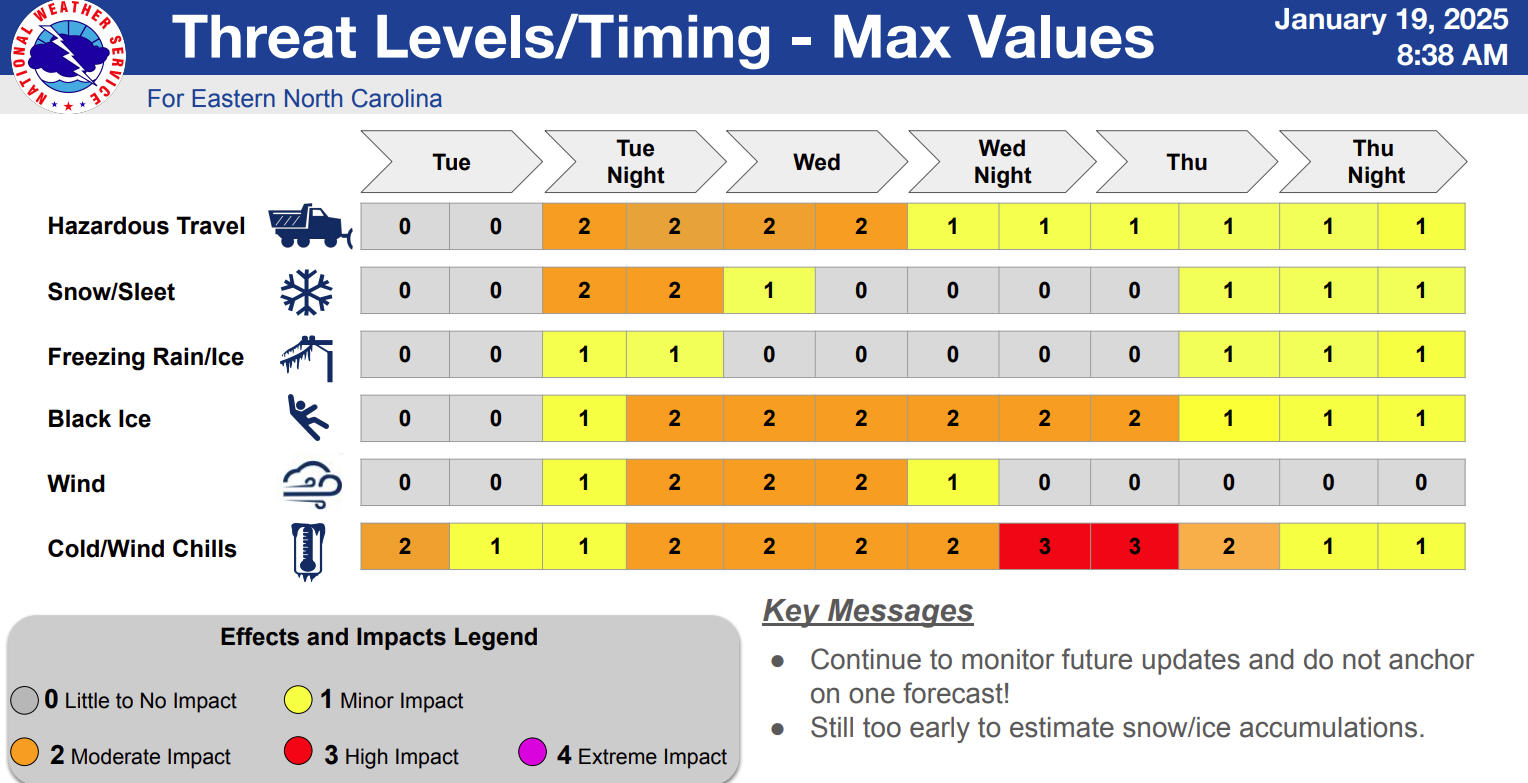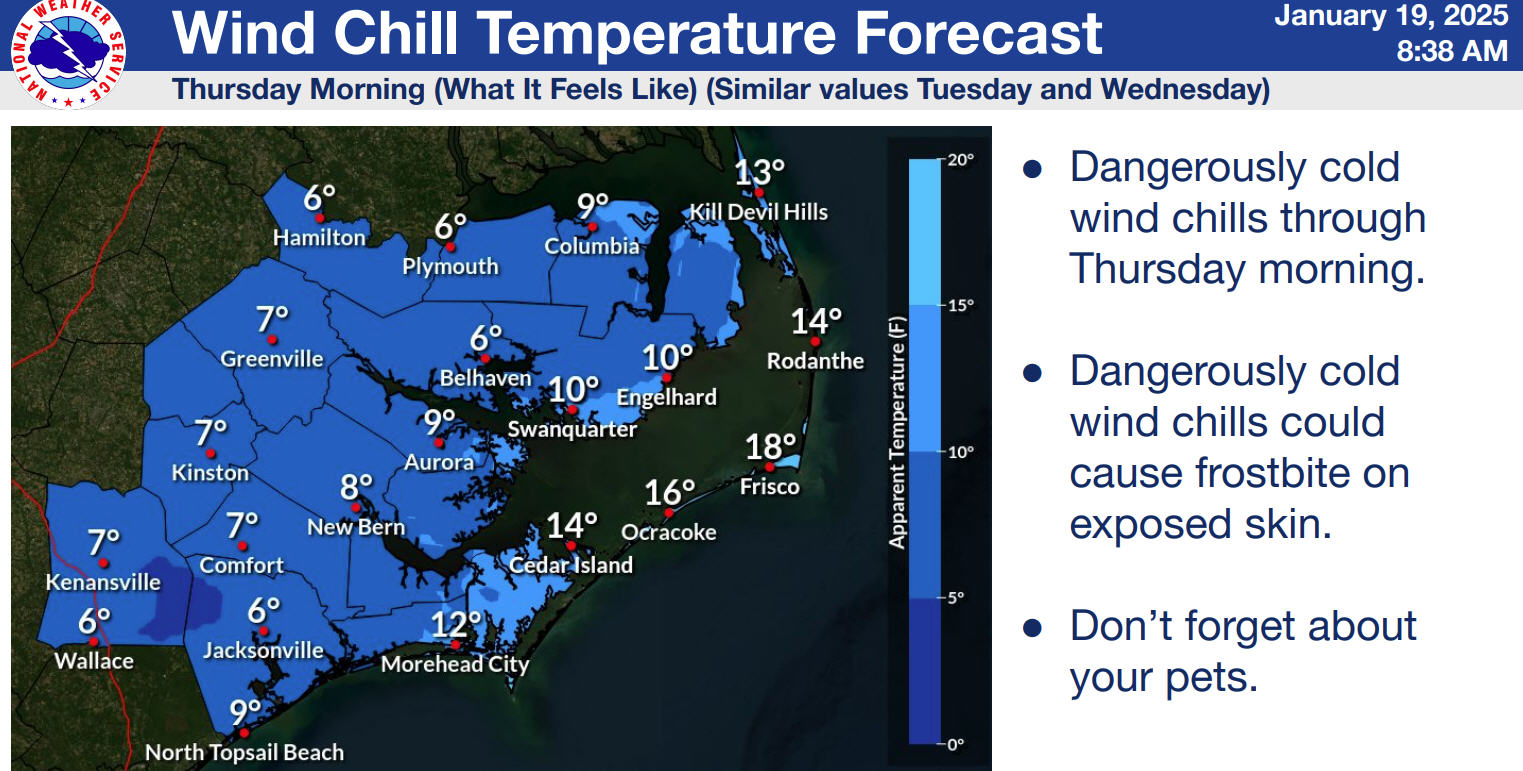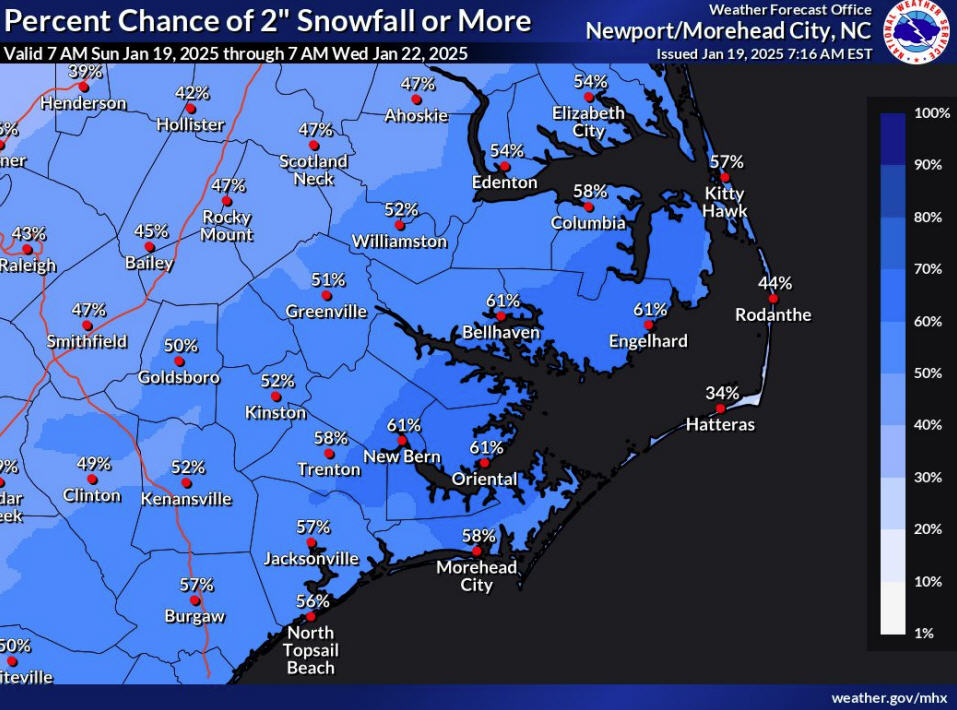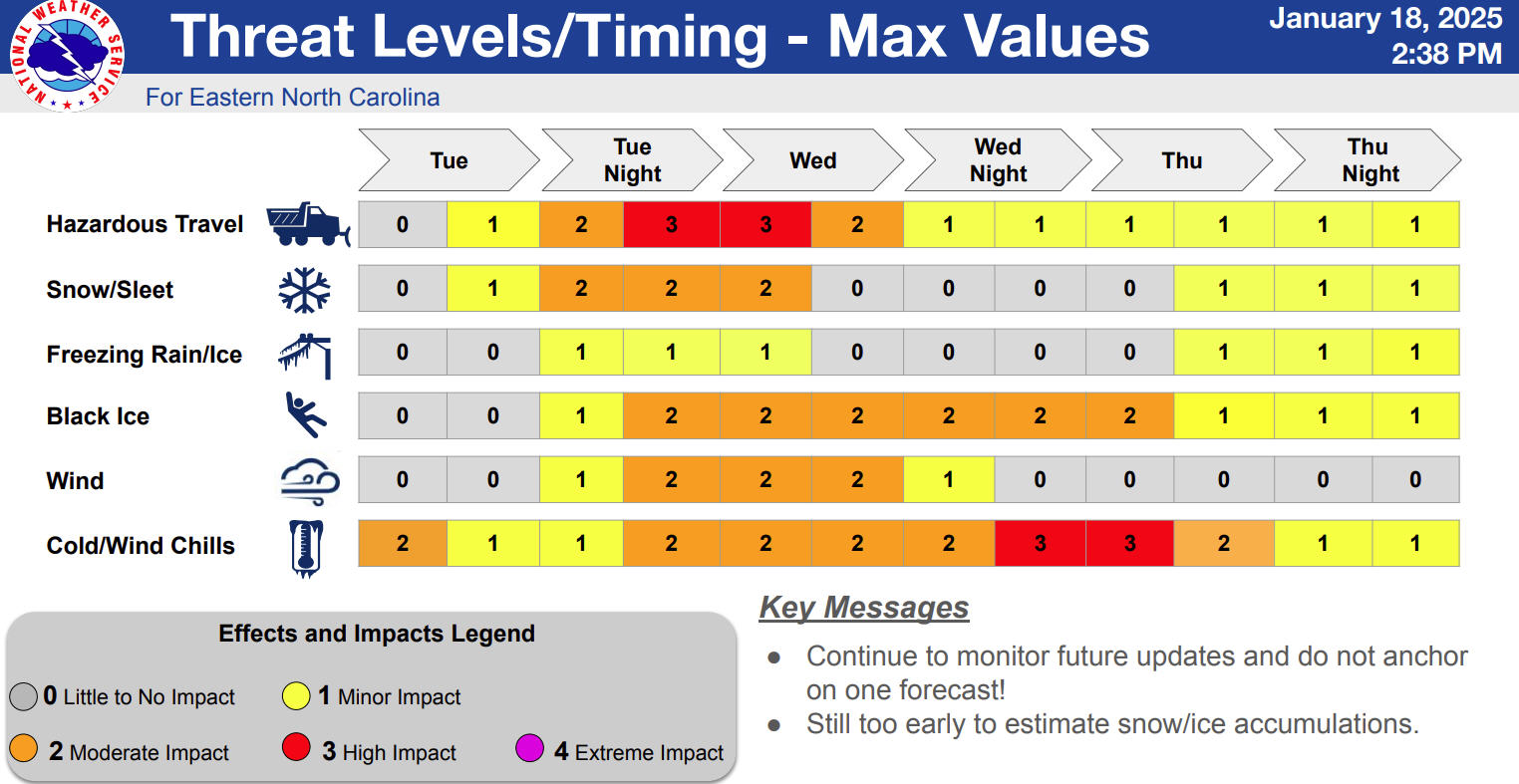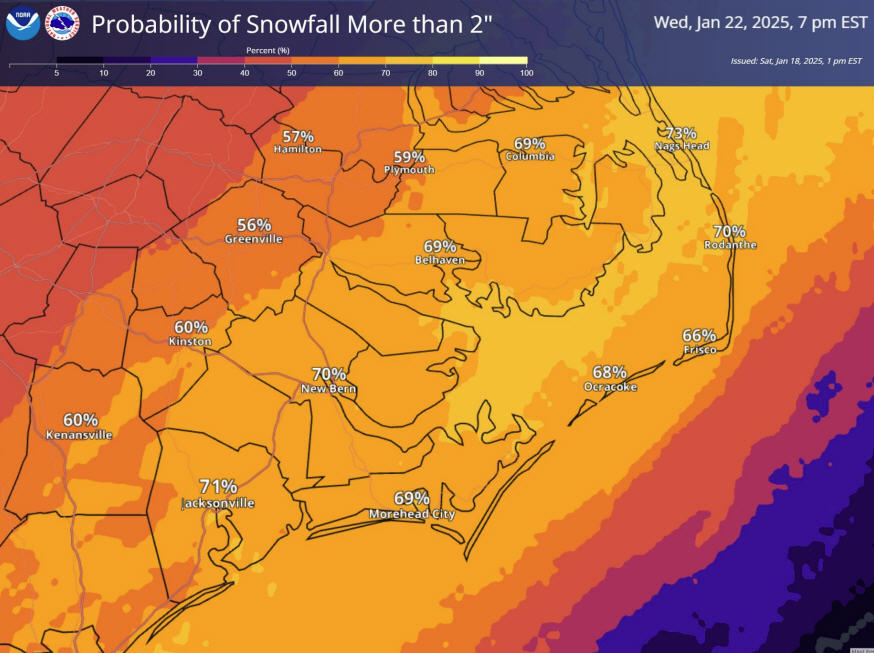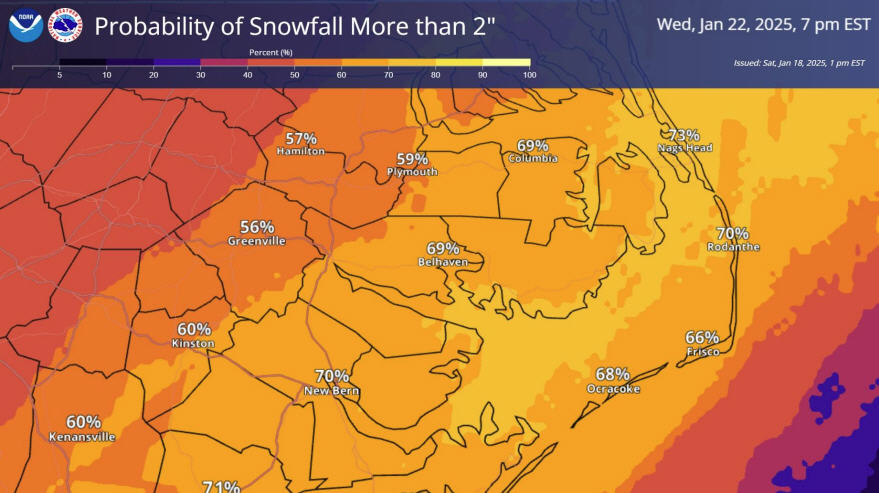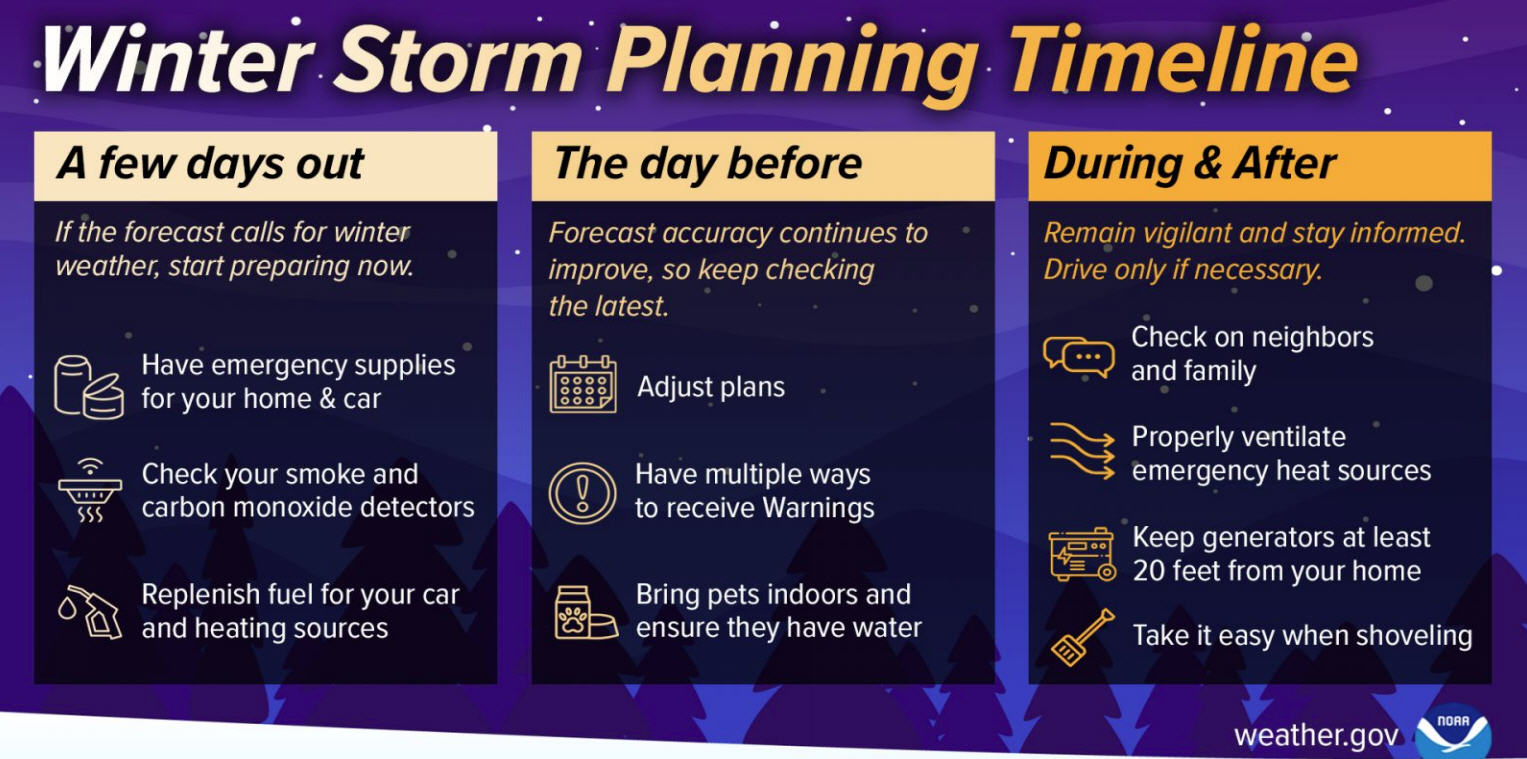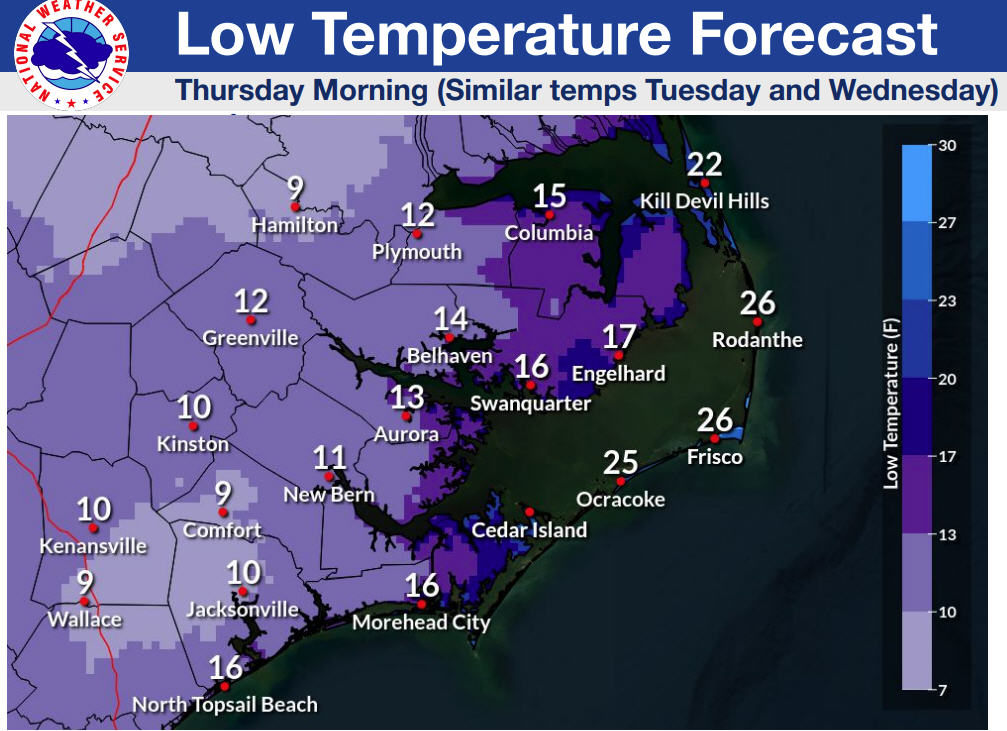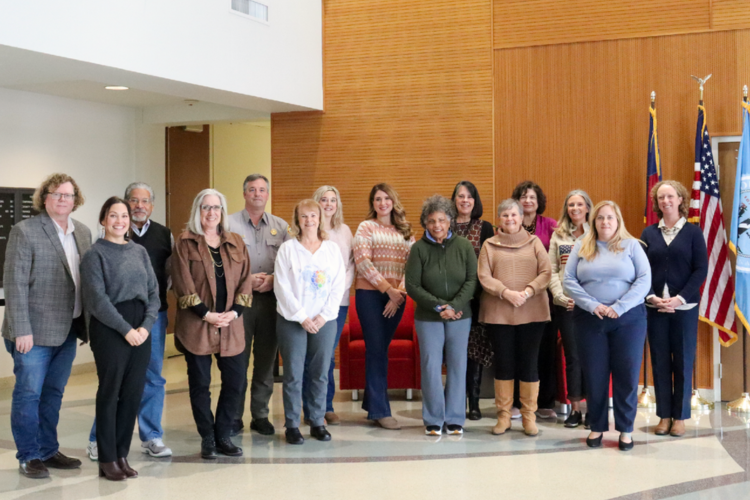NOAA Predicts Another Above-Normal Hurricane Season for 2017 By JOY CRIST
Forecasters at NOAA’s Climate Prediction Center say the Atlantic could see another above-normal hurricane season this year. This announcement was made at a May 25 news conference held at their weather and climate prediction headquarters in College Park, Maryland.
Last year produced 5 land-falling storms, including Hurricane Matthew, which caused $10 billion in damage and killed 34 people in the U.S. and 551 in the Caribbean. It was one of the deadliest Atlantic hurricanes on record.
“Just because it’s not a major hurricane, doesn’t mean it’s not dangerous, it’s not deadly, and we should not be prepared,” said Benjamin Friedman, acting NOAA administrator, at the news conference.
For the upcoming Atlantic hurricane season, which runs from June 1 through November 30, forecasters predict a 45 percent chance of an above-normal season, a 35 percent chance of a near-normal season, and only a 20 percent chance of a below-normal season.
Forecasters predict a 70 percent likelihood of 11 to 17 named storms (winds of 39 mph or higher), of which 5 to 9 could become hurricanes (winds of 74 mph or higher), including 2 to 4 major hurricanes (Category 3, 4 or 5; winds of 111 mph or higher). An average season produces 12 named storms of which six become hurricanes, including three major hurricanes.
These numbers include Tropical Storm Arlene, a rare pre-season storm that formed over the eastern Atlantic in April.
“The outlook reflects our expectation of a weak or non-existent El Nino, near- or above-average sea-surface temperatures across the tropical Atlantic Ocean and Caribbean Sea, and average or weaker-than-average vertical wind shear in that same region,” said Gerry Bell, Ph.D., lead seasonal hurricane forecaster with NOAA’s Climate Prediction Center.
Strong El Ninos and wind shear typically suppress development of Atlantic hurricanes, so the prediction for weak conditions points to more hurricane activity this year. Also, warmer sea surface temperatures tend to fuel hurricanes as they move across the ocean. However, the climate models are showing considerable uncertainty, which is reflected in the comparable probabilities for an above-normal and near-normal season.
“NOAA’s broad range of expertise and resources support the nation with strong science and service before, during and after each storm to protect lives and property and enhance the national economy as we continue building a Weather-Ready Nation,” said Friedman. “From our expert modelers to our dedicated forecasters and brave crews of our hurricane hunters, we’ll be here to warn the nation every step of the way this hurricane season.”




